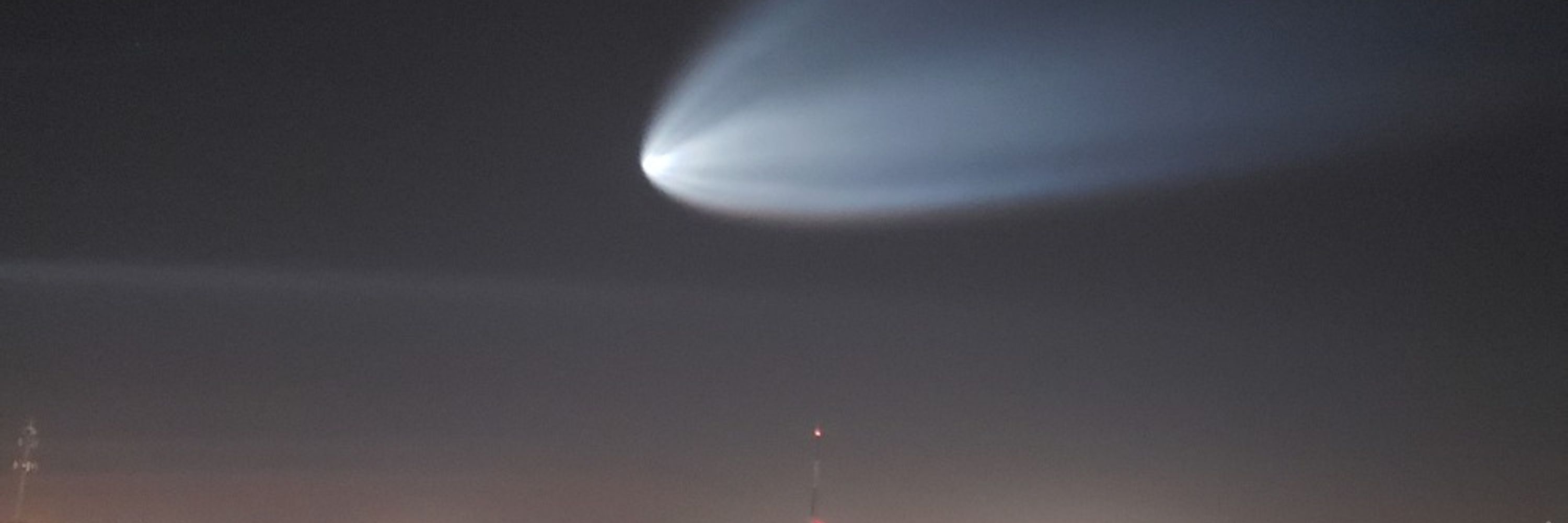



















www.virtualtelescope.eu/2025/11/13/c... -Courtesy of astronomer Gianluca Masi
www.virtualtelescope.eu/2025/11/13/c... -Courtesy of astronomer Gianluca Masi

Be sure to check Heavens-Above for pass opportunities: www.heavens-above.com

Be sure to check Heavens-Above for pass opportunities: www.heavens-above.com
Clearly, while massive sunspot group AR 4274 is now rotating away from us, it ain’t done with us yet.
Clearly, while massive sunspot group AR 4274 is now rotating away from us, it ain’t done with us yet.



